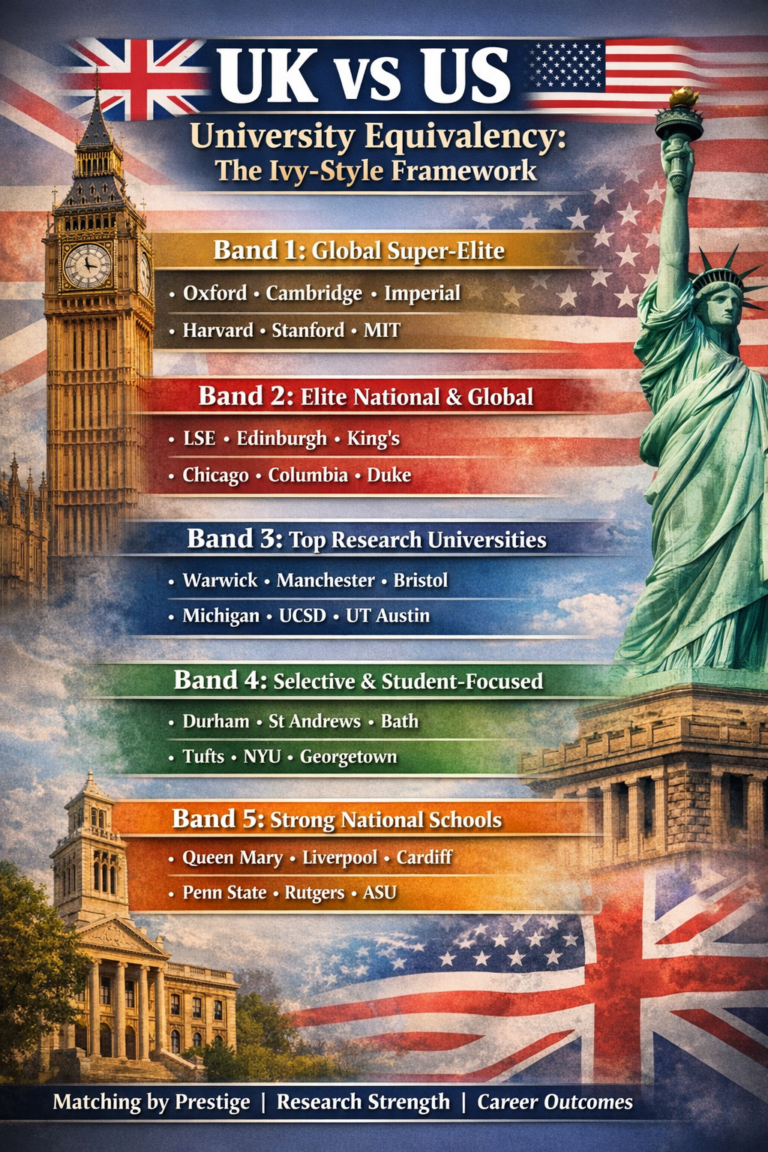What is Extracurricular Spike?
When I meet with students to review their extracurricular activities for the first time, many are curious about whether or not they should focus on a single activity until they apply to college. I think for anyone considering an application to US universities, this is an important aspect to consider, given the ‘holistic’ nature of the admissions processes, that is, thinking about how diverse your ECs should be
However, Ivy Central likes to turn this question around to ask students, would you like to pursue a singular activity throughout your high school years?
Students who already have a clear vision of what they want to pursue in college often answer with a confident yes. For others who are still exploring, a broader range of activities may feel more naturally open to a variety before they settle, and that’s completely valid. In this blog, I will focus on those students who know what they want to pursue in college and perhaps beyond. I hope that sharing insights on the ways I encourage students to explore the ‘extracurricular spike’ will be of help.
What Is an Extracurricular Spike?
Simply put, an extracurricular spike is one where a student takes a certain activity to the highest level they can in a period of two or more years. While not officially set within a timeframe, I suggest a minimum of two years because you would need this time to create and follow through with the ‘spike’ you wish to create.
Also Read: US Credit System: How does it work
Will a Spike Make Your Application One-Dimensional?
Sometimes, students are concerned that a spike may make their application unidimensional, and this may not appeal to the admissions officers. Here’s where I recommend that you diversify your spike when you can. The way to do this is to use your skills to branch out in different directions.
For example, if you’re aspiring for a career in computer science, you may want to work on a problem by understanding its nuances through hands-on research. Then, you may want to create an app to solve this problem so that you can positively impact the lives of a certain community of people. After you have done this, you may consider raising awareness about this issue and setting the wheels in motion (for the early detection of a medical condition, for instance) through awareness campaigns. This list is not exhaustive but is certainly one to consider.
Aligning Your Spike with Your Strengths
When I help students work through their spikes, I ask them to reflect on their own values and skills. If, for example, you want to work on creating a club at school to address an issue (such as the lack of types of cancer and subsequent awareness), you will be driven to see this activity through to its end if you are an able communicator and collaborator. Intrinsic motivation is key to success in such cases, and we find ourselves motivated when we play to our strengths, especially when we venture into new challenges.
Do U.S. Universities Value Spikes?
I would say that they certainly do. You may classify them under the umbrella of highly competitive and grades-focused schools, mostly if they are small or mid-sized; however, diversifying your spike portfolio can also appeal to those universities that appreciate having eclectic students on campus.
In my experience, different US universities are looking for different kinds of students, and it is not recommended to do something that you feel a certain university is looking for. Instead, be you, and the right university will come along because they value exactly who you are. I hope this helps you in your decision to stay or expand, or alter the ways in which you pursue extracurricular activities during your high school years.








